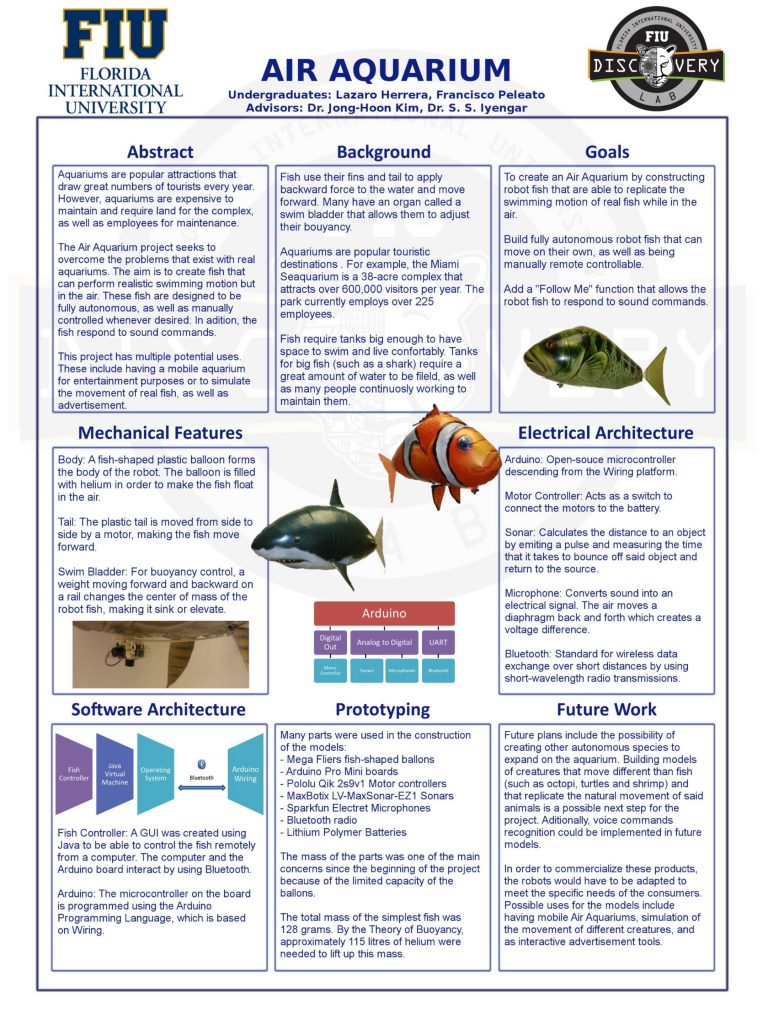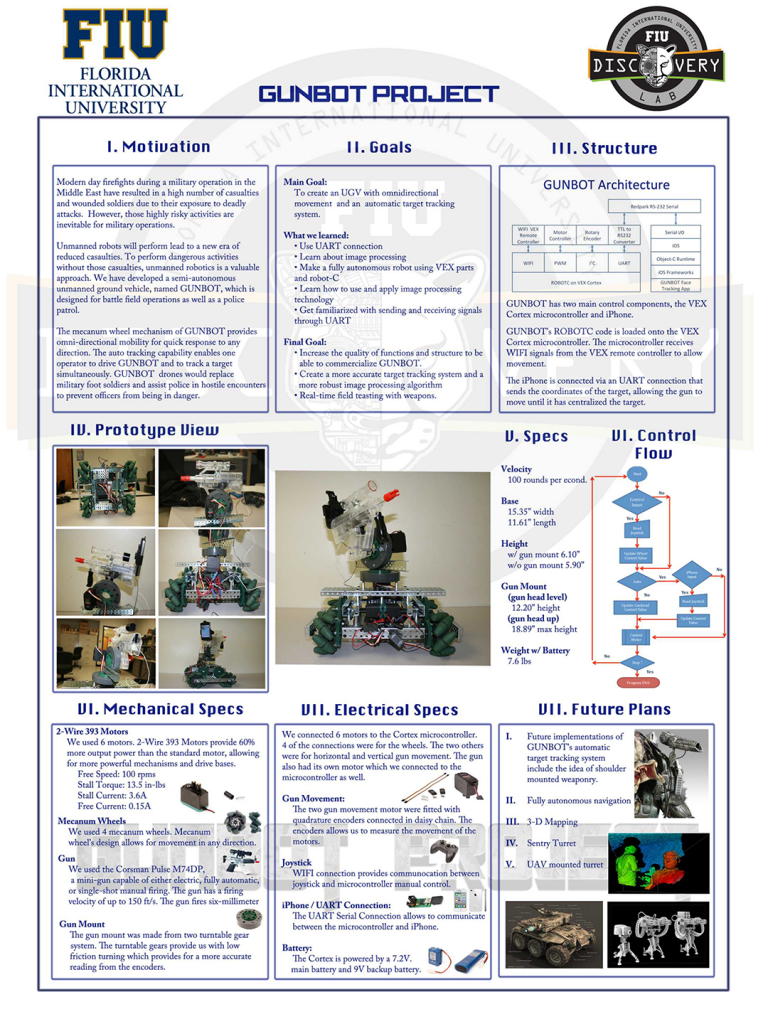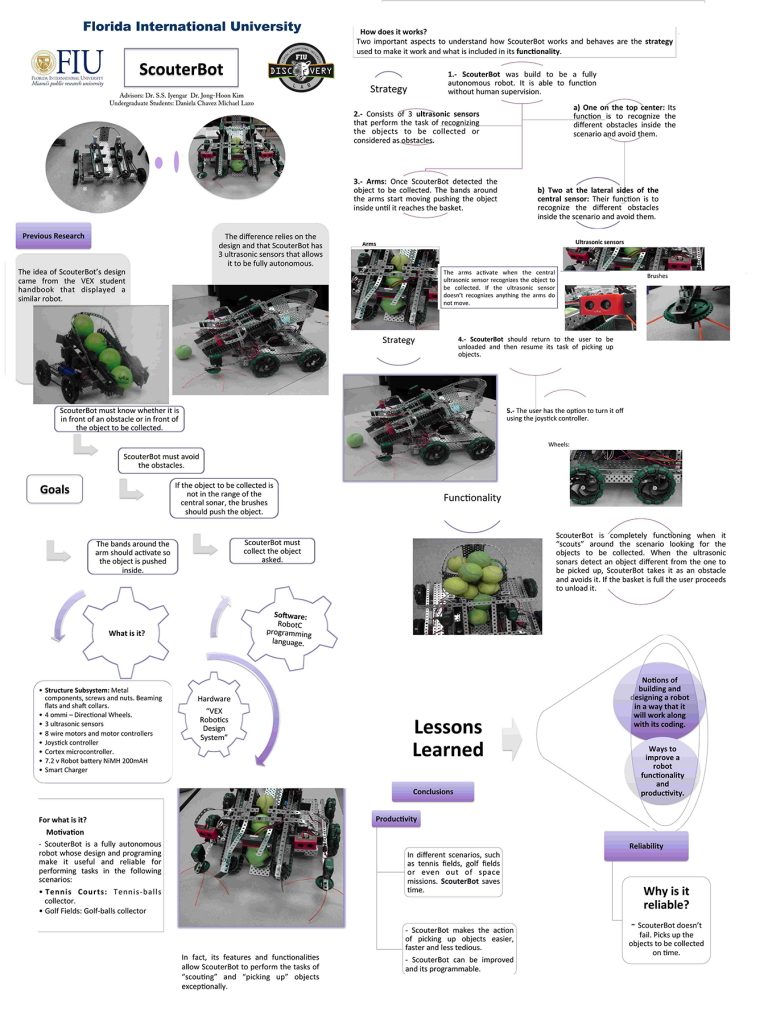A Framework For Affordable Telemedicine Service
Uwe J. Cerron, Nagarajan Prabakar, and Jong-Hoon Kim
Abstract
Paraplegic patients require periodic assessments that often need to be performed by paraplegia specialists, but
these specialists may not always be available at the patient location. In this paper, we propose a framework that enables
medical institutions to provide a high quality of service to a large number of patients at their homes or nearest medical
institutions. This framework allows patients in remote locations to access specific medical specialists from anywhere. Our
proposed framework focuses on providing a robust high resolution video stream that allows for the physician to
establish live communication with the patient and medical assistant at the remote location using smartphones. Medical
assistants will collect vital signs such as temperature, pulse rate and blood pressure. High Efficiency Video Coding
(HEVC/h.265 codec) used in this framework improves data compression over the popular h.264. HEVC enables specialists
to reach patients at remote locations and to provide qua lity medical service. Through this scheme, physicians can
exchange expertise with colleagues, patients can have access to remote specialists, and medical experts can treat more patients
by reducing travel. Our solution provides a cost effective and time efficient approach in extending the reach of specialists.
[ To appear in the Proceedings of the 29th Southern Biomedical Engineering Conference (SBEC), Miami, May 2013 ]


